Derrick Pitts, Hon.D
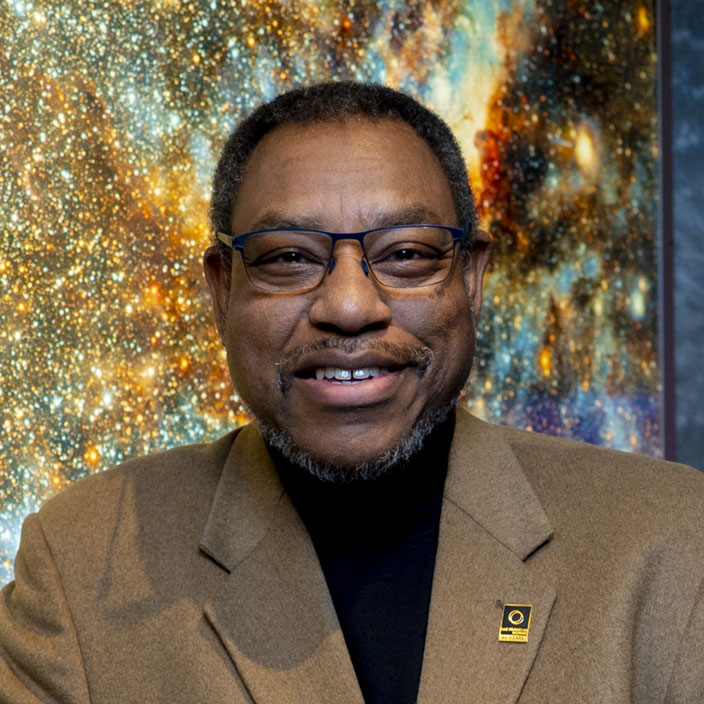
Derrick Pitts, Hon.D
For many Philadelphians, Derrick Pitts is The Franklin Institute. Since 1978, Derrick has been teaching us to look up—and to wonder about what we see up there.

We all know that Derrick is an excellent “teacher.” What’s made him famous in Philadelphia is his ability to help everyone appreciate the universe as he sees it—not a watered-down sketch of the universe, but a rich, deep, complex version with human connections that everyone can understand at some level.
Derrick is currently the Chief Astronomer and Director of the Fels Planetarium at The Franklin Institute. He’s also been a NASA Solar System Ambassador since 2009 and serves as the “Astrobiology Ambassador” for the NASA/MIRS/UNCF Special Program Corporation’s Astrobiology Partnership Program. One of his newest honors is an appointment to the outreach advisory board for the world’s largest telescope, the new Thirty-Meter-Telescope at Mauna Kea in Hawaii.
He appears regularly in the media as a science content expert including appearances on the “Colbert Report” on Comedy Central and “The Late, Late Show with Craig Ferguson” on CBS. For more than two decades, Derrick has hosted award-winning astronomy radio programs for Philadelphia’s two public radio stations and created signature astronomy television programming for PBS. One of the highlights of Derrick’s career was meeting President Obama and his family when he was invited to participate in the first-ever White House Star Party.
Derrick has received numerous awards including an honorary Doctor of Science Degree from La Salle University, and serves on the Board of Trustees for his alma mater St. Lawrence University. His twitter handle is @CoolAstronomer and his motto is “Eat, breathe, do science. Sleep later.”
Recent Blogs by Author

You Can Name An Exoplanet!
Greetings Astro-enthusiasts! The International Astronomical Union (IAU) invites you to help name an exoplanet and its star.
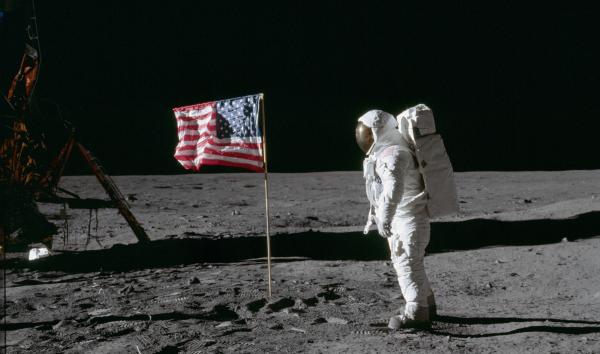
The Future of Space Exploration
What an exciting time it was. Fifty years ago, in July 1969, three American astronauts accomplished what the entire world would experience as the most daring expedition ever attempted by humans, a round trip journey to the moon. As a 14-year old with a deep interest in anything related to space exploration, for me every step of the newly emerging space program brought a rising level of excitement and anticipation. New giant rockets, the most complex machines ever designed, were being built to lift astronauts to the moon.
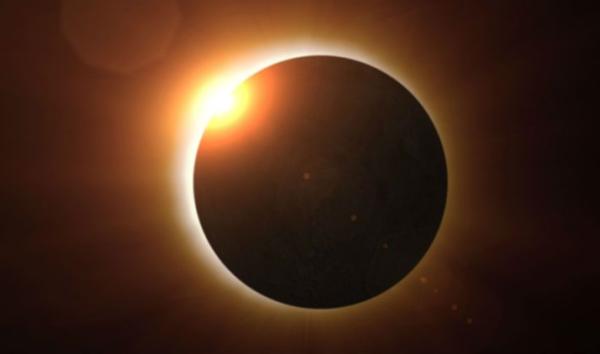
The Solar Eclipse in Chile and Argentina
Today a total solar eclipse draws a narrow path of lunar shadow across the South Pacific Ocean heading towards South America starting at 12:55pm Eastern time. The eclipse crosses Chile, then Argentina around 3:20pm and ends off the coast of Argentina in the Atlantic Ocean at sunset. The eclipse is only visible within the 125-mile wide path.
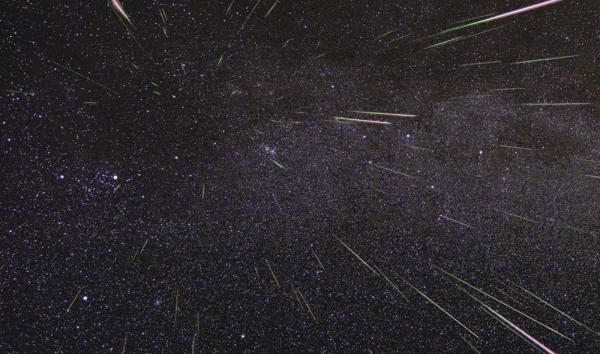
Perseid Meteor Shower to Light Up the Night Sky
The Perseid shower runs from late July to late August, peaking on or around August 12 every year. The new moon this year (2018) occurs on Saturday, August 11. Peak viewing of the meteor shower will occur Saturday, August 11 through Monday, August 13. On Sunday and Monday, the moon will be in its new phases, meaning it sets very early, creating a nice dark sky for viewing.
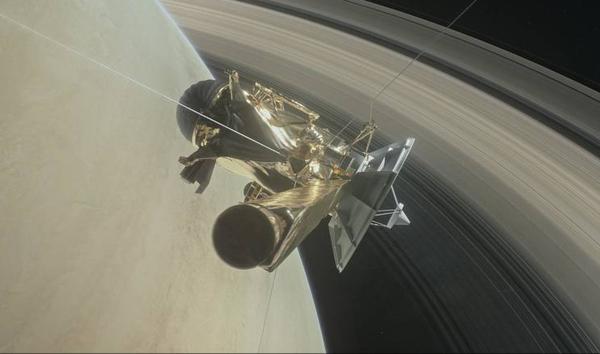
Cassini Deep Dives Through Saturn’s Icy Rings
Update: April 27, 2017
The Cassini spacecraft is back in touch with Earth after its first-ever successful dive through the gap between Saturn and its rings. Raw images and data have begun to be received at NASA's Deep Space Network Goldstone Complex in the Mojave Desert of California.

